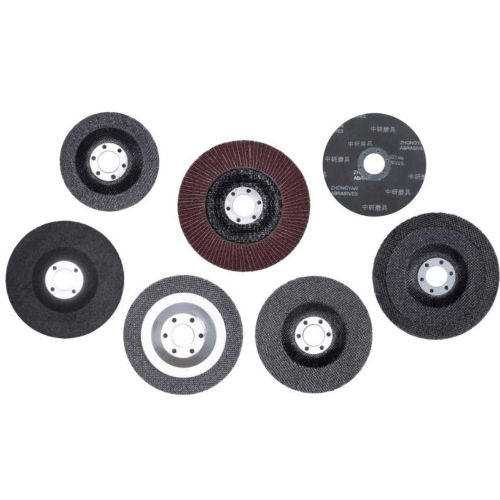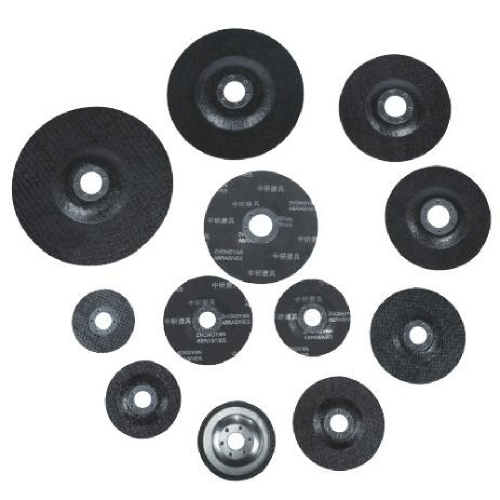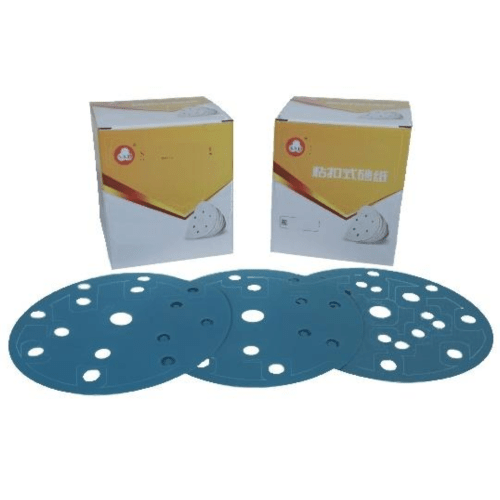abrasive grit size
Abrasive grit size refers to the measurement system that classifies abrasive particles used in various grinding, polishing, and surface finishing applications. This standardized measurement determines the coarseness or fineness of abrasive materials, directly impacting their cutting efficiency and finish quality. The size is typically measured in mesh numbers or microns, with higher mesh numbers indicating finer particles. Abrasive grit sizes range from extremely coarse (8-24 mesh) for aggressive material removal to ultra-fine (220-600 mesh) for precision finishing operations. The classification system helps manufacturers and users select the appropriate abrasive material for specific applications, ensuring optimal performance and consistent results. Modern manufacturing processes rely heavily on precise grit size selection to achieve desired surface finishes, material removal rates, and quality standards. The uniformity of grit size within a given classification is crucial for maintaining consistent performance across industrial applications, from metalworking to woodworking, and from automotive finishing to electronic component manufacturing.


